Community tourism is contributing to preserving and promoting traditional cultural values in ethnic minority areas.
The Community Tourism Area in Don Village, Pu Luong Commune has long been considered a tourism “gold mine” of Thanh Hoa, attracting hundreds of thousands of domestic and foreign tourists, with tourism revenue reaching tens of billions of VND. The attraction of this place comes not only from the scenery of terraced fields and fresh climate, but also from the unique cultural experiences of the local people. Tourists enjoy immersing themselves in the rhythm of the Khap, the graceful Xoe dance, and traditional meals by the fire, where the community spirit has been maintained for many generations. Artisan Ha Nam Ninh, who has spent more than 40 years contributing to the preservation of Muong Ca Da gongs and drums, opening classes to teach ancient Thai characters and folk dances, believes: “Without viewers, the Certificate of Artisanship will only be kept in a box, then covered with dust over time”. As he said, tourism is the “new wind” that helps cultural values to be spread, transmitted, and nurtured.
Not only in Don village, the community tourism model is also one of the "hot" types being implemented in many localities. In But village, Nam Xuan commune, traditional occupations such as brocade weaving, making bamboo rice, weaving... which were once forgotten, have now been revived. Experiencing local life has become a unique "tourism product", from tourists sitting at the loom to weave cloth, cast nets to catch fish, cook bamboo rice... to rowing bamboo rafts, hunting moss on Pha Day lake at an altitude of 1,200m. The effectiveness of the community tourism model lies not only in preserving cultural values but also in bringing clear economic benefits. The average income of households participating in tourism in Don village, But village... is increasingly improved, many households participate in providing accommodation, experience, and culinary services, thereby leading to the "revival" of ancillary occupations such as weaving, carpentry, and animal husbandry, contributing to creating on-site jobs for many local workers.
Not only the Thai people, the Muong community in the West of Thanh Hoa is also affirming its position with tourism models based on indigenous culture. In Ngam village, Pu Luong commune, people have joined together to develop the experience of "living like a local"; leading tourists to the forest to pick bamboo shoots, bathe in Kho Muong stream, and set up tents by Thung stream. Traditional dishes of the Muong people such as sticky rice, bitter soup, grilled meat in bamboo tubes... are included in the menu by households doing tourism, evoking a unique and rich cultural identity, simple but enough for tourists to feel the depth of the spiritual life of the indigenous people.
However, in addition to rapid and uncontrolled development, some cultural values are at risk of being "staged" and commercialized. Realizing this, Thanh Hoa province has issued many policies to preserve and promote traditional values; national target programs for developing mountainous ethnic minority areas, or projects to develop OCOP products with priority given to the strengths and traditions of localities; supporting artisans to open classes to teach skills, turning traditional products into "cultural specialties" in tourist tours.
For tourism to truly become a sustainable “bridge” between preserving and promoting cultural values, localities need to review and orient tourism development properly. Create conditions for the younger generation to succeed and inherit traditional values from generations of artisans. At the same time, establish a set of criteria for developing community tourism associated with preserving national cultural identity. At that time, each tourist experience is not only a journey to admire beautiful scenery, but also a trip to “keep the fire burning”, contributing to preserving cultural values that are at risk of being lost.
Article and photos: Dinh Giang
Source: https://baothanhhoa.vn/du-lich-cong-dong-cau-noi-giua-bao-ton-va-phat-huy-gia-tri-van-hoa-257410.htm


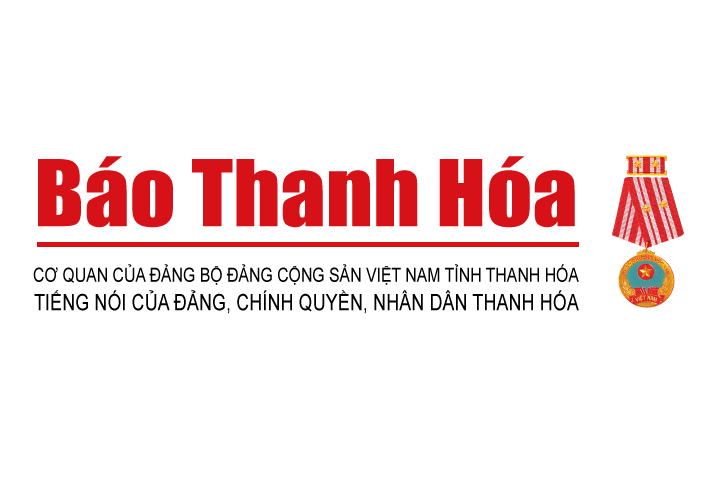


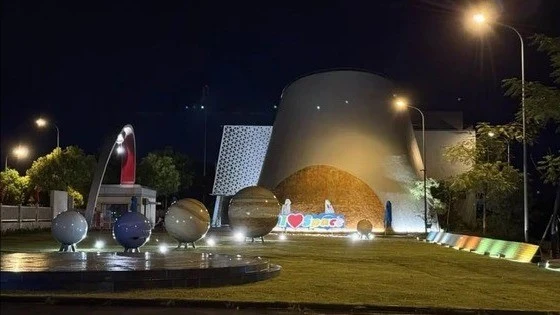
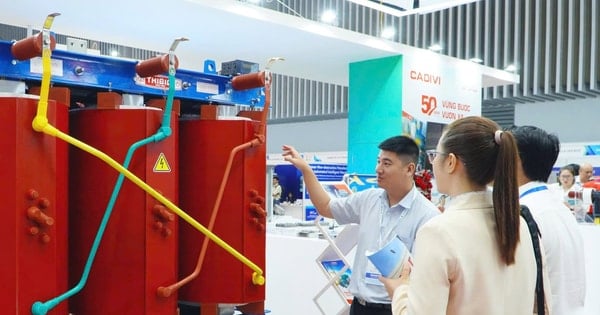


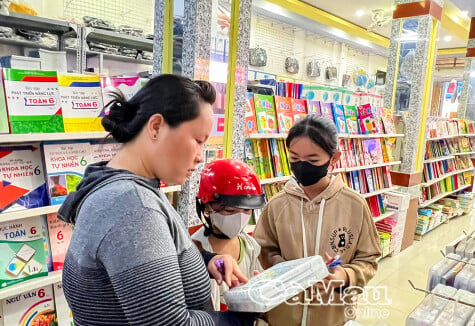
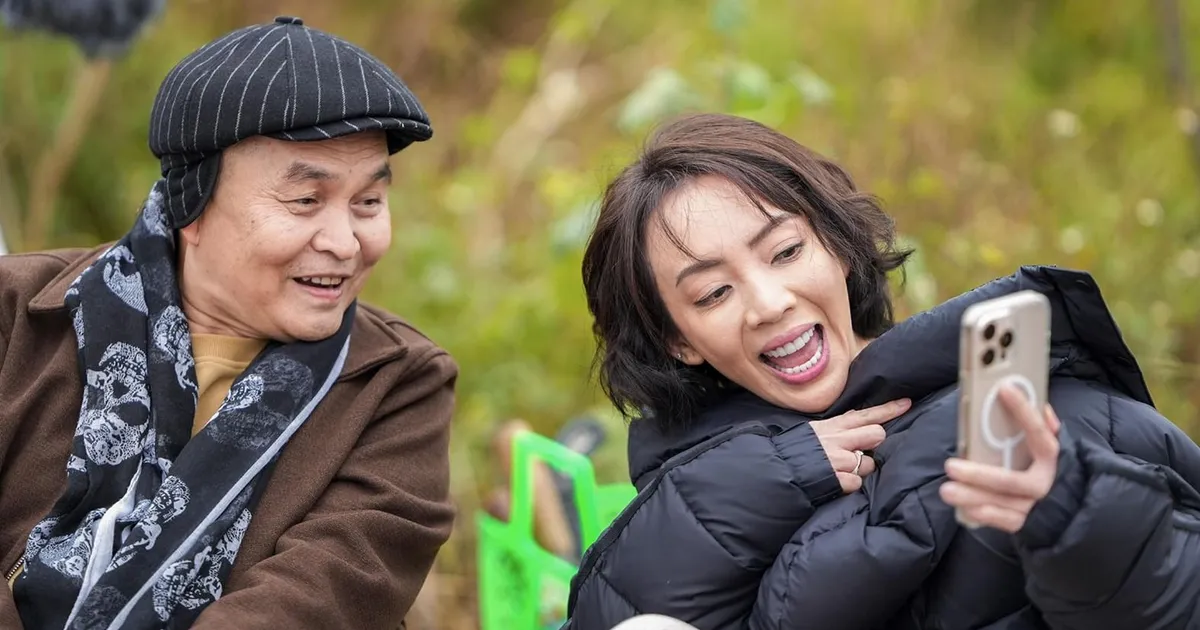
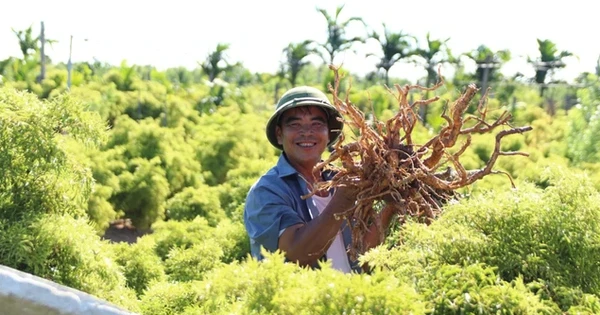
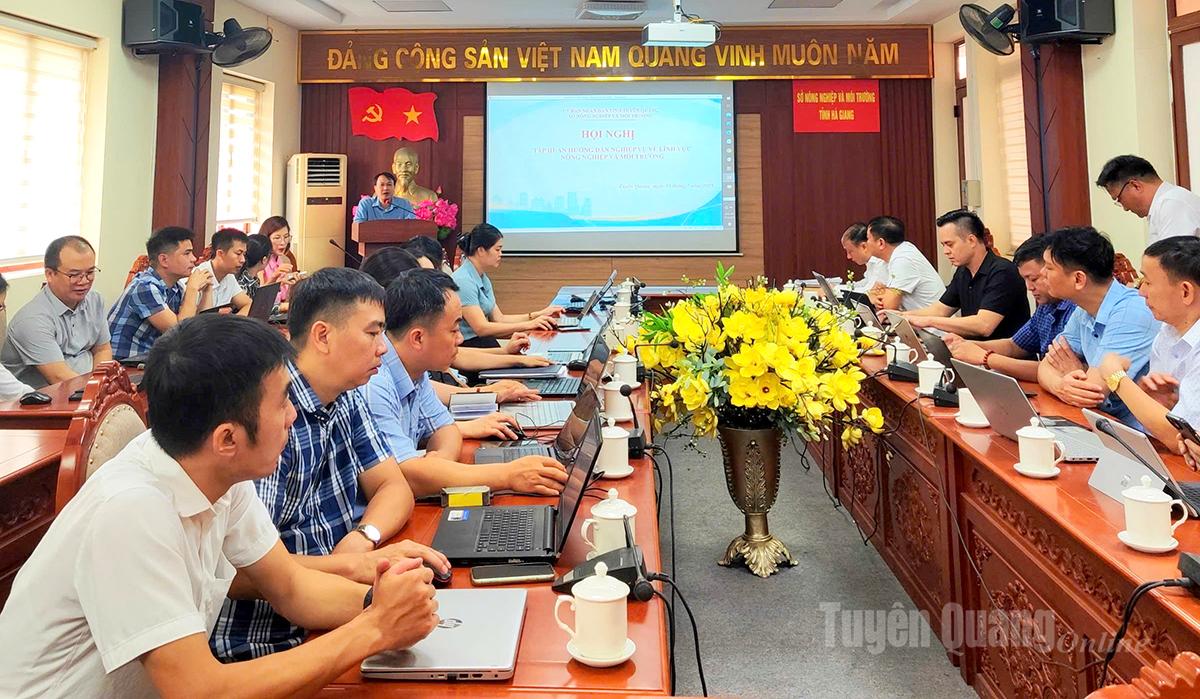
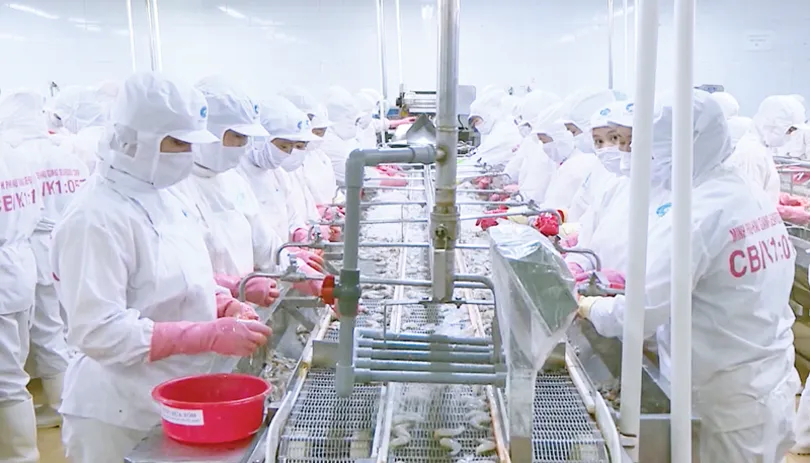


















![[Photo] An Phu intersection project connecting Ho Chi Minh City-Long Thanh-Dau Giay expressway behind schedule](https://vstatic.vietnam.vn/vietnam/resource/IMAGE/2025/8/21/1ad80e9dd8944150bb72e6c49ecc7e08)
































![[Photo] Politburo works with the Standing Committee of Hanoi Party Committee and Ho Chi Minh City Party Committee](https://vstatic.vietnam.vn/vietnam/resource/IMAGE/2025/8/21/4f3460337a6045e7847d50d38704355d)

































Comment (0)